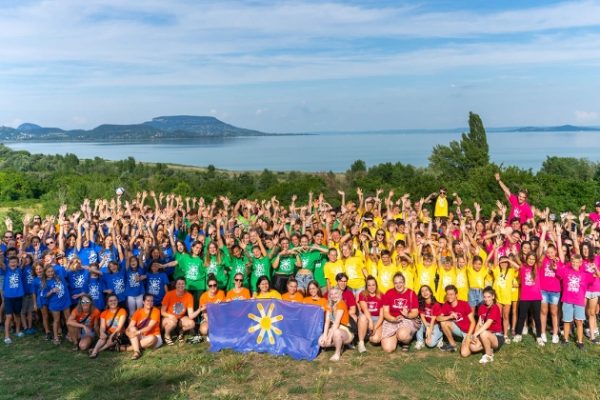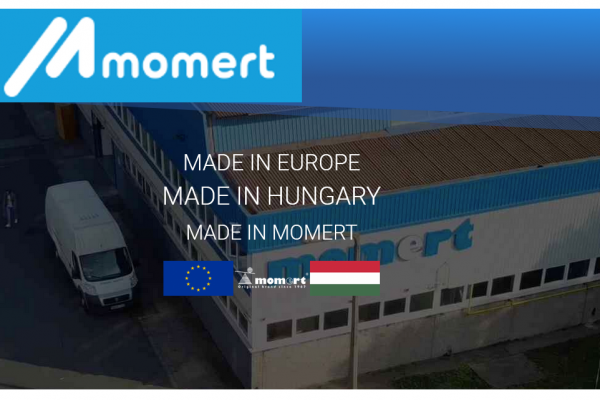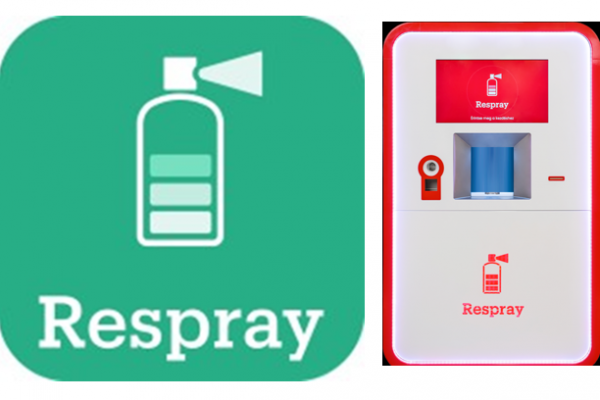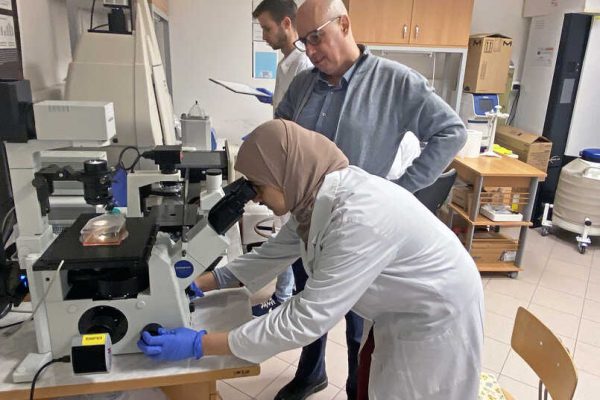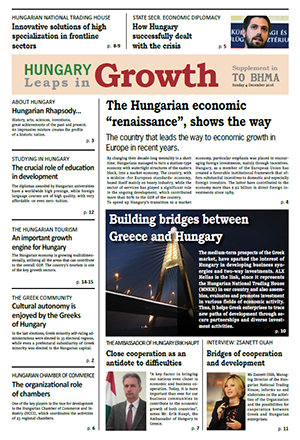People from all over Budapest (HU) take part in the city’s Weekend of Open Houses -Budapest100, a festival that opens the gates of 50-60 houses and institutions each year. The event has become a tradition since its launch in 2011, with attendance reaching 20,000 people.
Between 2011 and 2015 it was organised as a community-building initiative celebrating 100-year-old Budapest buildings, with the cooperation of citizens, NGOs, public institutions and district municipalities. Its main aim is to draw attention to local buildings, their architectural value and history – and to the civilian power that organises residential communities and holds them together. Since 2016, the event has been structured around a given theme or location.
The broad mission of Budapest100 is to initiate a common discussion about revival and inspire the establishment and strengthening of residential communities.
The solution offered by Budapest100 is threefold. It contributes to reforming urban community co-existence, to change the relationship between residents and the city and to help people become more responsible citizens. The weekend of open houses initiates common discussion about revival, underlines the values of the built environment and takes action against social isolation.
Throughout Europe there are similar initiatives, but with a much lower social impact. The examples thought of as good practices are only concentrating on the built environment, letting the audience enter a building and sharing with them the most important data.
Budapest100 adds the factors of community-building and creating value. In the apartment blocks and institutions joining people living and working there prepare exhibitions, cultural events, concerts and building history tours for the audiences in a self-organised way. The strength of the event lies in creating a demand to share and value transfer, even if in some cases it is stretching the limits of the intimate sphere.
The easiest way of social mobilisation is to create emotional engagement. The festival creates a platform for telling the stories behind closed doors and to start dialogues. Budapest100 has highlighted the possibilities of a cleverly organised, friendly city involving the residents.
Through its strong community development focus, its link to informal education, social isolation and nurturing of local organisers, Budapest100 essentially includes the social aspect related to integrated urban development. Both economic and environmental aspects of urban development are tackled by the fact that residents form communities within the programme and are more alert to physical degradation. Many apartment blocks started repeating community action in a self-organising way after Budapest100, resulting in renovations and smaller architectural changes, not to mention self-organised actions.
Besides mobilising internal efforts (local people caring more), Budapest100 also draws the attention of tourists, local businesses and municipalities. The real economic impact potentially achieved through these actors is significant, if indirect.
Budapest100 not only addresses the city-loving audience, but a wide range of professionals, namely architects, landscape architects and urban planners, and initiates a common discourse on the themes affecting the city and its people. In line with the above progress of the initiative, in 2016 the festival departed from the historical aspect of celebrating 100-year-old houses and has started to be organised around a theme. In 2016 the topic was the Grand Boulevard of Budapest, and in 2017 it will be the Quay-side.
Budapest100 was launched by the Open Society Archives and is organised by the Hungarian Contemporary Architecture Centre, an NGO dedicated to the dissemination of architectural practices. Budapest metropolitan and district municipalities aid the organisation by financial and in-kind support (human resources, data, communication). From 2011 to 2014, the event was realised with a constantly growing infrastructure and press attention, with many partners joining the initiative.
The festival uses already successful methods in a developed way: recruiting a network of 150 volunteers and involving researchers. Their composition is mixed in ages and professions: the group contains students, retired people, architects, employees of companies and artists. Even though the organisational structure is gradual, there is no declared hierarchical relationship among the various actors. The structure is transparent, with open communication. Residents and volunteers are realising community programmes together alongside principles articulated by the core team of Budapest100: culture development, information transfer, preservation of values and community cooperation.
Along with the programmes in the houses, workshops and discussions on urban planning also take place attracting professionals and decision-makers. The core team pays attention to the residents and makes sure they are getting involved in these discussions, so they have the opportunity to offer their own opinions and ideas.
In the past six years, Budapest100 has opened the gates of 50 to 60 houses and institutions per year. Year by year, 100 to 150 volunteers participate, and attendance has reached 20,000 people. In terms of involved residents, encouraging them to self-organise is one great result. Based on their feedback, the weekends were full of experiences and lessons learnt. Many of them have highlighted that they would never have thought that so many people would be interested in their lives or their neighbourhoods. In an indirect way we offered them the feeling of uniqueness and importance. Also, we made them take a glance into a situation where the neighbourhood works together towards a common goal, making the residents’ voices heard.
Additionally, we gave them access to knowledge that helps them get closer to their own stories, their buildings and through that their cities, making them feel responsible.
A more concrete success is that many apartment blocks started repeating community actions in a self-organising way following Budapest100, resulting in renovations and smaller architectural changes or organising a yard picnic or concert. In 2014, the jury of Volunteering Hungary-Centre of Social Innovation chose Budapest100 the volunteering programme of the year. In 2013, the Guardian chose the festival as one of the most interesting programmes of the continent. It also received one of the prizes in “The most beautiful city feast” by Lebendige Stadt Stiftung, Hamburg.
Regarding the results of the past six years, Budapest100 has proved to be a very effective way to build communities on a city-wide scale. This is also recognised in the awards and nominations the programme has received so far. The achieved numbers also mirror its popularity. During the whole lifecycle of the event, it has managed with the cooperation of the inhabitants of Budapest to open 560 buildings, engage 1,500 volunteers and receive 114,000 visitors. It also draws the attention of tourists, which can be another factor to consider for cities interested in bottom-up tourism development.
The programme’s method lends itself to easy adaptation by other cities. It is the future task of the event to expand its limits, meaning both professional limits and national borders. The organisers are convinced that the success of the event in terms of its numbers and media attention is already a signal that it is worth sharing it with other European cities.
The method could be further improved through the inputs of international partners. Therefore the programme offers international opportunities to start that experiment elsewhere and can share this successful way of community building and development.
Press here for the URBACT Good Practice page




